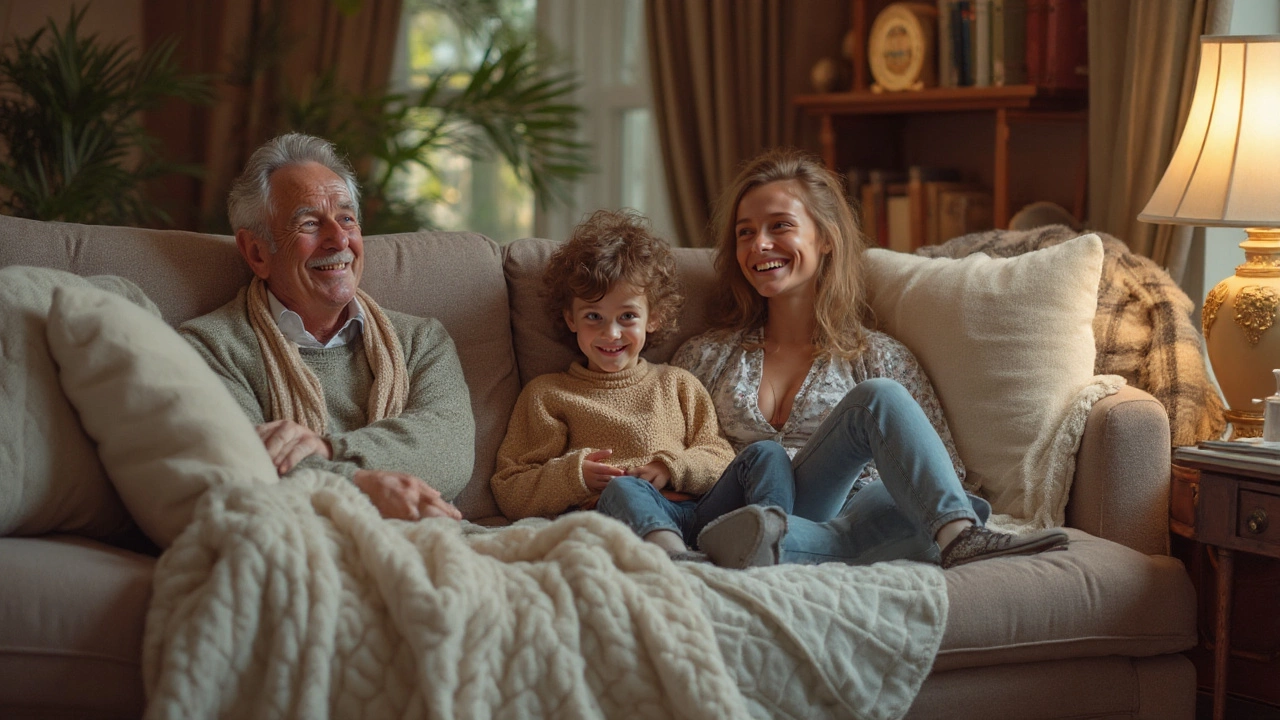Home Furnishings Made Easy – Eco Tips & Smart Choices
When you’re setting up a living space, the first thing most people think about is style. But you can get a great look and stay kind to the planet at the same time. Below you’ll find simple steps to pick furniture, textiles, and accessories that are both affordable and eco‑friendly. No jargon, just real tips you can use right now.
Pick the Right Pieces Without Breaking the Bank
Start by checking the material. Look for solid wood from certified forests, reclaimed timber, or bamboo. These options use less energy than particle board and usually last longer. If you need a sofa, see if the frame is made from recycled metal or sustainably sourced wood, and choose a fabric like organic cotton, linen, or recycled polyester.
Second, think about size and shape. A well‑chosen shelf can replace several storage boxes. Our post on the cost of making vs. buying shelves (2025 UK prices) shows the numbers – sometimes a DIY shelf saves money and cuts waste. Measure your room first, then look for pieces that fit snugly without leaving gaps. A tight fit means less need for extra fillers or extra furniture.
Third, buy second‑hand when you can. Many online marketplaces list gently used tables, chairs, and even mattresses that meet modern standards. A pre‑owned piece often needs only a quick clean or a new coat of paint to feel fresh. This choice trims down production waste and usually beats a brand‑new price tag.
Style Your Space Sustainably
Textures and colors are your best friends for a green look. Light‑coloured curtains, for example, make a room feel bigger and need less energy for cleaning. Our guide on the best curtain colors explains which shades reflect light best, helping you keep the space bright without extra lamps.
Mirrors do more than just look good – they bounce natural light around a room. Choosing a true‑glass mirror may cost a bit more, but it lasts longer and can reduce the need for extra lighting. If you’re on a tight budget, a simple framed mirror works just as well.
Don’t forget the floor. A rug under the bed adds comfort and can be made from natural fibres like jute or wool. The right size keeps the bed from feeling “floating” and adds a cozy layer you can clean easily. Our article on rugs under beds walks you through picking the perfect size and material.
Finally, add a few green accessories. Plant pots made from recycled plastic or biodegradable bamboo trays give a fresh vibe without adding plastic waste. Look for items that have a clear sustainability label – this makes it easier to spot truly eco‑friendly options.
Putting these ideas together means you’ll end up with a home that looks good, feels comfortable, and respects the environment. You don’t need to overhaul everything at once; start with one room, swap out a single piece, and watch the impact grow. Happy decorating!
-

Perfect Couch Cushion Thickness: How Thick Should Sofa Cushions Be?
Find out the ideal couch cushion thickness for perfect comfort, durability, and style. Learn what sizes work best, how to choose, and which cushions last longer.
